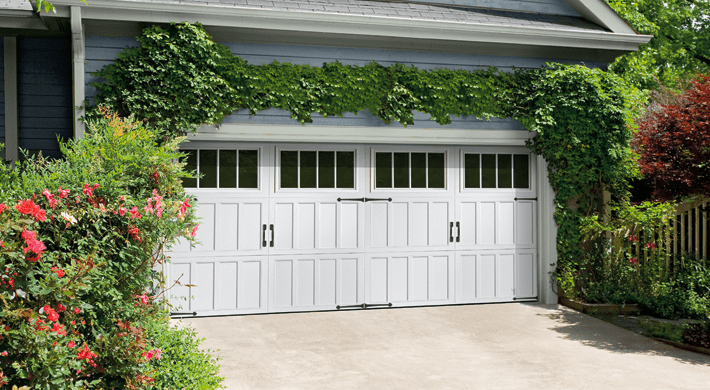Last week, as I sat at my kitchen table with a good friend and customer discussing his garage door, he was curious to know…
…what the average life expectancy of springs is?
…what the difference was between extended life and standard springs?
…what are the two types of springs?
Asking questions like these has become standard practice in the garage door repair industry. And with good reason. Though, living with a garage door means a lifetime of benefits, it requires much more than we are able to provide given an already full schedule. Frankly, this leads to trouble, as the garage door is opened and closed fifteen-hundred times per year – four times per day.
To the average homeowner, everything may appear fine, as they go about their day as normal. Unfortunately, that is simply not the case for the vast majority of homeowners, as their garage door and its components require special attention every month. Attention that is often not given, until something goes wrong, in a BIG way. There are no shortage of components that can malfunction.
The garage door springs are one of the more common components to fail. These springs die sometime during their 10,000 operation. 10,000 cycles is the industry standard. Extended life springs may last four times as long compared to standard springs. One cycle is expended each time you open and close your door. Determining the frequency of broken garage door spring replacement is based on your daily usage. So if…
- You use your door 2 times, expect them to wear out every 14 years.
- You use your door 4 times, expect them to wear out every 7 years.
- You use your door 6 times, expect them to wear out every 5 years.
- You use your door 8 times, expect them to wear out every 3 years.
There are two types of garage door springs: Torsion springs are located above the door. The spring is wound under immense tension. It is the tension in the torsion springs that lifts the weight of the garage door. Extension springs are located on each side of the door’s tracks. Made of steel, these springs act like a big rubber band, stretching as the door is lowered. Garage door springs, regardless of type, counterbalance the entire weight of the door.
The replacement of broken garage door springs is a complex task. One that requires a great deal of expertise. Broken garage door springs should never be replaced by individuals who are not properly trained to perform this task. Without the proper expertise, property can be damaged or scarier still, you or your loved ones can suffer personal injury. Replacing it yourself is simply not worth that risk! Always contact a professional garage door tech.
Additionally, continuing to operate your door with a broken spring is very dangerous and not advised, as nothing is supporting the door’s weight. For this reason, it is highly recommended that you err on the side of caution, and unplug the opener from its power source. It is always better to be safe than sorry. Here are some common signs that one or both of your springs are broken:
- The garage door does not open or close in response to the opener.
- The door unexpectedly stops during operation.
- The door appears crooked.
- There is a visible separation in the spring.
You will want to replace both springs at the same time. Why? Because, chances are high that the springs were both installed at the same time, which means they have both undergone similar aging and weathering. One broken garage door spring is often an indication that the other is about to break as well. Having a new and old spring on your door can also throw the door’s balance off.


0 Comments